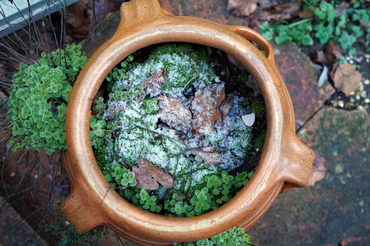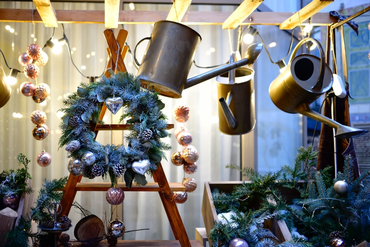Mourning flies and other houseplant pests can be a real nuisance. Some cause only minor irritation, while others can do serious damage if left unchecked. Spotting any new pest early is key to saving your plants from harm.
Mourning flies (also known as fungus gnats) are among the most irritating. Every time you water your plants, these tiny black flies rise up from the soil — frustrating, but fixable. With a few simple steps, you can reduce the risk of infestation and keep your plants healthy and happy.
Top Tips for Common Houseplant Pests

Mourning Flies (Fungus Gnats)
Check your plants closely. If you see small black flies, move the affected plant away from others to stop the gnats laying eggs in nearby pots. Since they lay eggs in damp soil, try letting the compost dry out for as long as possible — ideally two weeks — to break the life cycle.
You can also cover the soil surface with pebbles, horticultural grit, or decorative plant toppers to prevent them from laying eggs. These not only look attractive but also help deter those annoying flies.
Mealybugs
Mealybugs look like tiny tufts of white cotton. They feed on plant sap, which can distort growth, and heavy infestations may kill the plant. Their waxy coating makes them difficult to treat with standard pesticides.
For light infestations, dab them with a cotton swab dipped in rubbing alcohol. For larger ones, spray a mix of water and rubbing alcohol and keep the plant isolated. Neem oil can also be effective when sprayed directly on the bugs.
Spider Mites
These tiny spider-like pests suck sap from the leaves, causing yellowing and, eventually, death if untreated. They’re often noticed only when fine webs appear.
Start by blasting the plant with water to remove them. If they persist, apply neem oil or another suitable insecticidal spray to get rid of them.
Aphids
Aphids are perhaps the most common houseplant pest. They tend to cluster on stems and the undersides of leaves and are usually green, though other colours occur.
Rinse the plant thoroughly with water, then apply neem oil or rubbing alcohol to control the population. Repeat weekly for several weeks until they’re gone.
Scale Insects
Scale insects hide under a small waxy shell, often white or brownish in colour. If you gently scrape this away, you’ll find the insect underneath. Like many others, they feed on sap and can weaken or even kill your plant if left unchecked.
You can manually remove small numbers by scraping them off. For more serious infestations, use a spray containing neem oil or canola oil — though their waxy coating can make them tricky to eradicate completely.
For expert pest control advice and thriving houseplants, visit Carpenters Nursery — our team will be happy to help!




